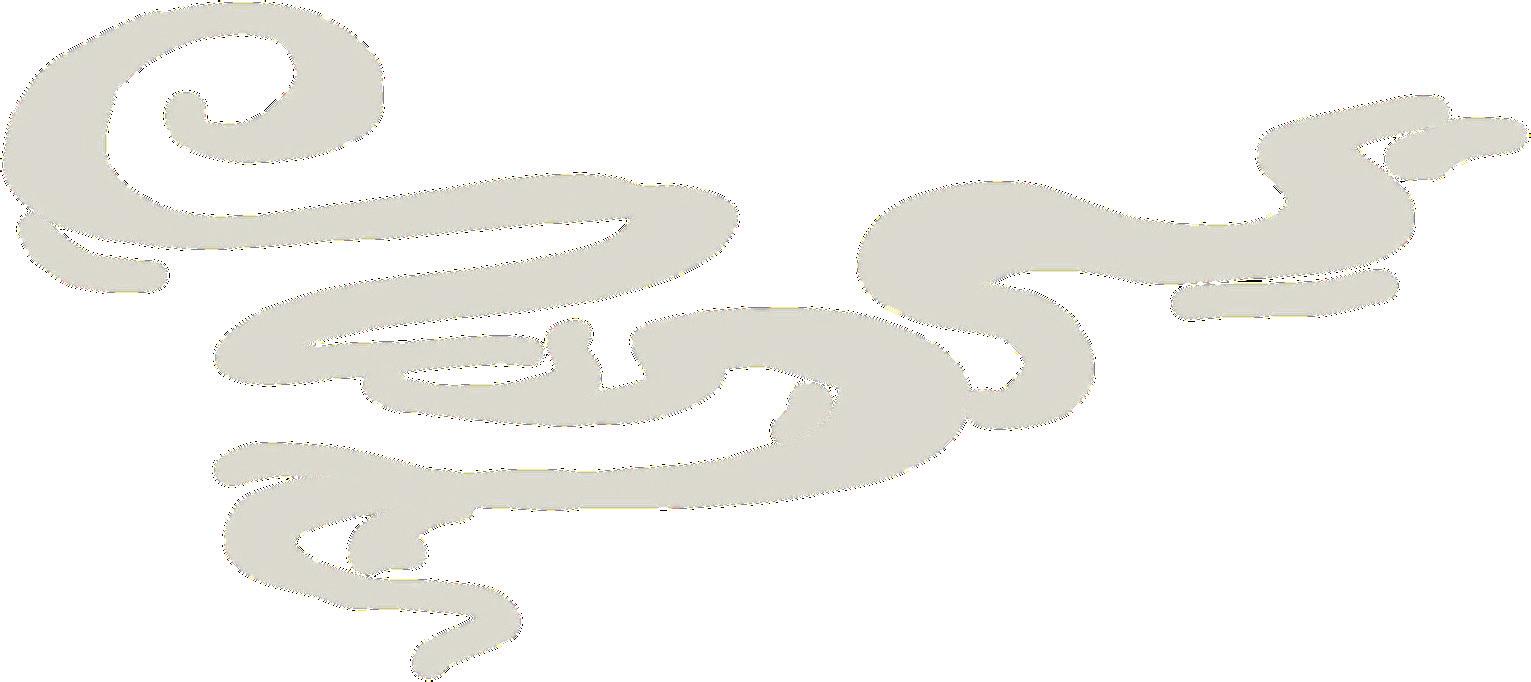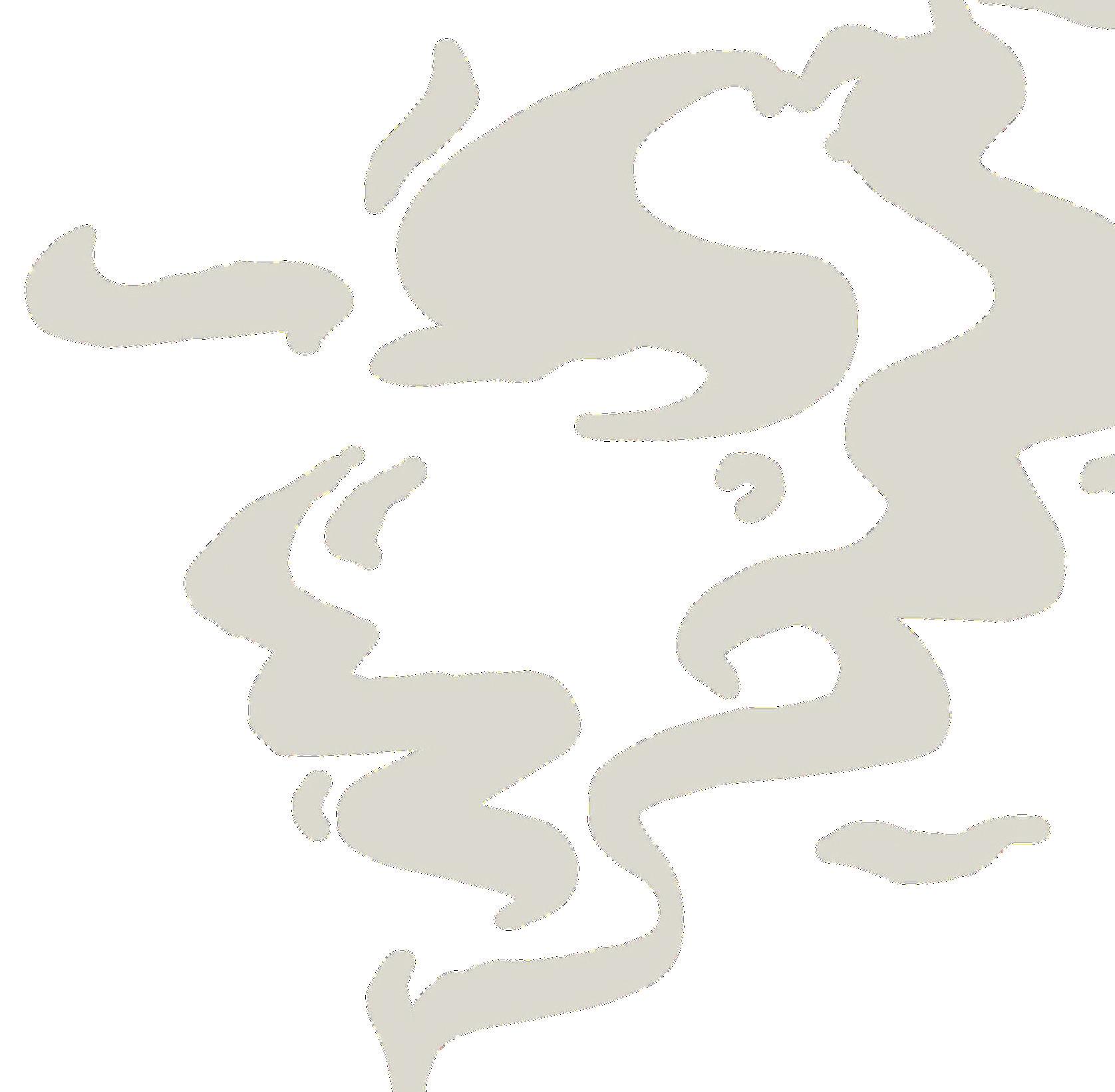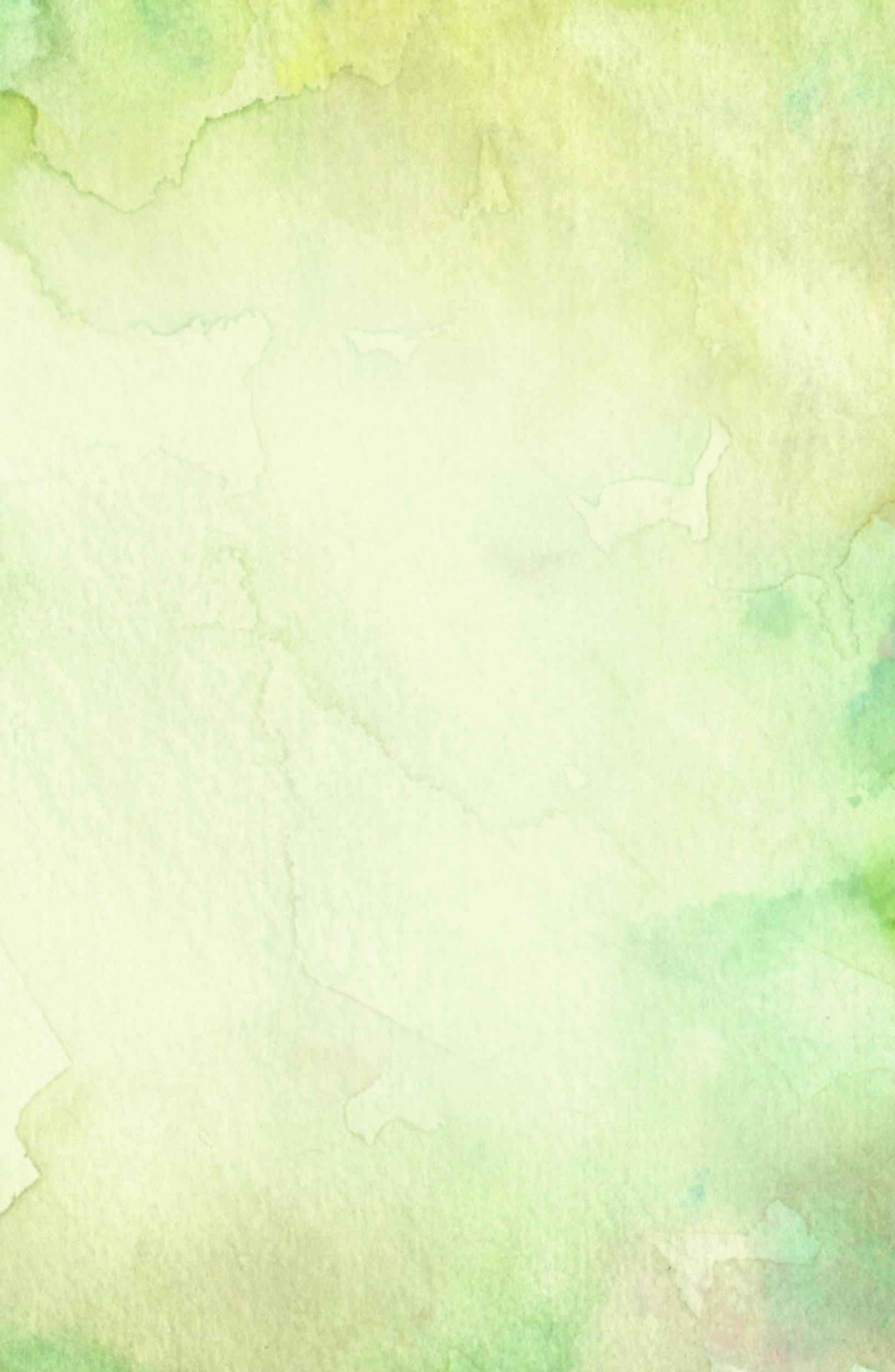
3 minute read
November 13th: An Ode to Homesickness

Glancing at the recipe, I slice the poblanos from end to end, the emerald skin limply unfurling beneath the knife’s edge. Sifting my fingers through the shredded asadero, I contemplate how generously to fill each chile with cheese. Since the directions caution against overflowing, I suppress my tendency for overabundance - a gluttony that blossomed at the White Swan Hotel in 2003. Only in agnostic melancholy do I recollect the orphanage in Guangzhou, its bland monotony of smog and gilded red books. To celebrate a belated Gotcha Day this year, I may attempt to bake our chocolate raspberry cake. Every November 13th, my parents and I would reminisce over my corduroy overalls and the tangerine farewell gift. Toted across the Atlantic Ocean to New Mexico, I tumbled headfirst into southwestern culture. Food became my serotonin, measured in bowls of frito pie school lunches and honey drizzled sopaipillas.
Advertisement

After separating 6 large eggs, I hand-whisk the egg whites until they resemble renaissance clouds (emulating Michelangelo’s cherubs). When I was younger, I would perch on the granite counter, my mouth open for the occasional spoonful of cookie dough. Despite salmonella risks, Mom and I would scrape out raw dollops for nibbling, much to the chagrin of my father and his cookie addiction. Our ritual recreated the baking scene in Mommy Far, Mommy Near, an adoption story that I still revisit when experiencing an existential crisis (e.g. my imposter syndrome, signing up for the ASA mailing list, Chinese character tattoo of my middle name, etc.). My favorite passage will always be “So I lie on my mother’s tummy. Our faces touch. I wait until I can hear my mommy’s heart beating. I say, ‘Look.’ We look. No songs, no kisses. Just look. In a deep voice, I say, ‘My mother.’ Just as deep, my mommy says, ‘My daughter.’”
Tangled in these thoughts, I combine the egg yolks, ½ cup of flour, and ¾ tsp of salt to form the batter. I beat the mixture lightly until the batter is thick enough to coat the chiles. In a heavy metal pan, I heat four inches of vegetable oil to 350 degrees Fahrenheit. I coat the first chile (seam side up) in all-purpose flour, my inner Virgo affectionately patching up the bald spots. After dunking the chile into the batter, I tug its stem to allow the excess to ribbon off, which seals in the asadero. The chiles fry for about 4-5 minutes until evenly golden and crisp. I prefer the shade of Honey Stars and the crunch of Milo cereal, my favorite Nestlé brands my father purchased in bulk from the nearest 7-11. It was always over food (either Sonic onion rings or post-movie paninis) that we discussed life’s enigmas in earnest. Infected with an ascetic god-complex, my father obsesses over Rolexes and hoards Swiss chocolate in the pantry. Driven by impulsive pilfering habits, he would surreptitiously stuff travel-sized jars of Italian jam, hotel shampoo bottles, and breakfast pastries into his pockets.

After draining the chiles on the baking rack, I transfer them to a heatproof platter. I pour extra handfuls of asadero over the chiles before they reheat in the oven. Steam rising in delicious tendrils, I cut into the chile rellenos. It’s nearing winter, but I can recall the pungent smokiness of hatch chiles roasting in steel tumblers. Both native and foreign, the colonially imported chile pepper veils indigenous slaughter, a history commodified as souvenirs in pueblo tourism. Sometimes I wonder who chopped off Juan de Oñate’s stone foot, the “desecration” of the conquistador’s statue serving as symbolic redemption. Perhaps, as a Chinese adoptee living in New Mexico, my fingertips are also stained the colors of an overripe, bruised plum. Inheriting guilt from historical trauma, yet detached in cultural ambiguity, I lament another year severed from tradition. I miss bakery cakes (“Happy Gotcha Day”), movie lunches with dad (usually rom-coms), and baking chocolate chip cookies (tip: brown the butter).

Written by Zoe Mueller
Edited by Annabelle Wang | Designed by Phoebe Jacoby










